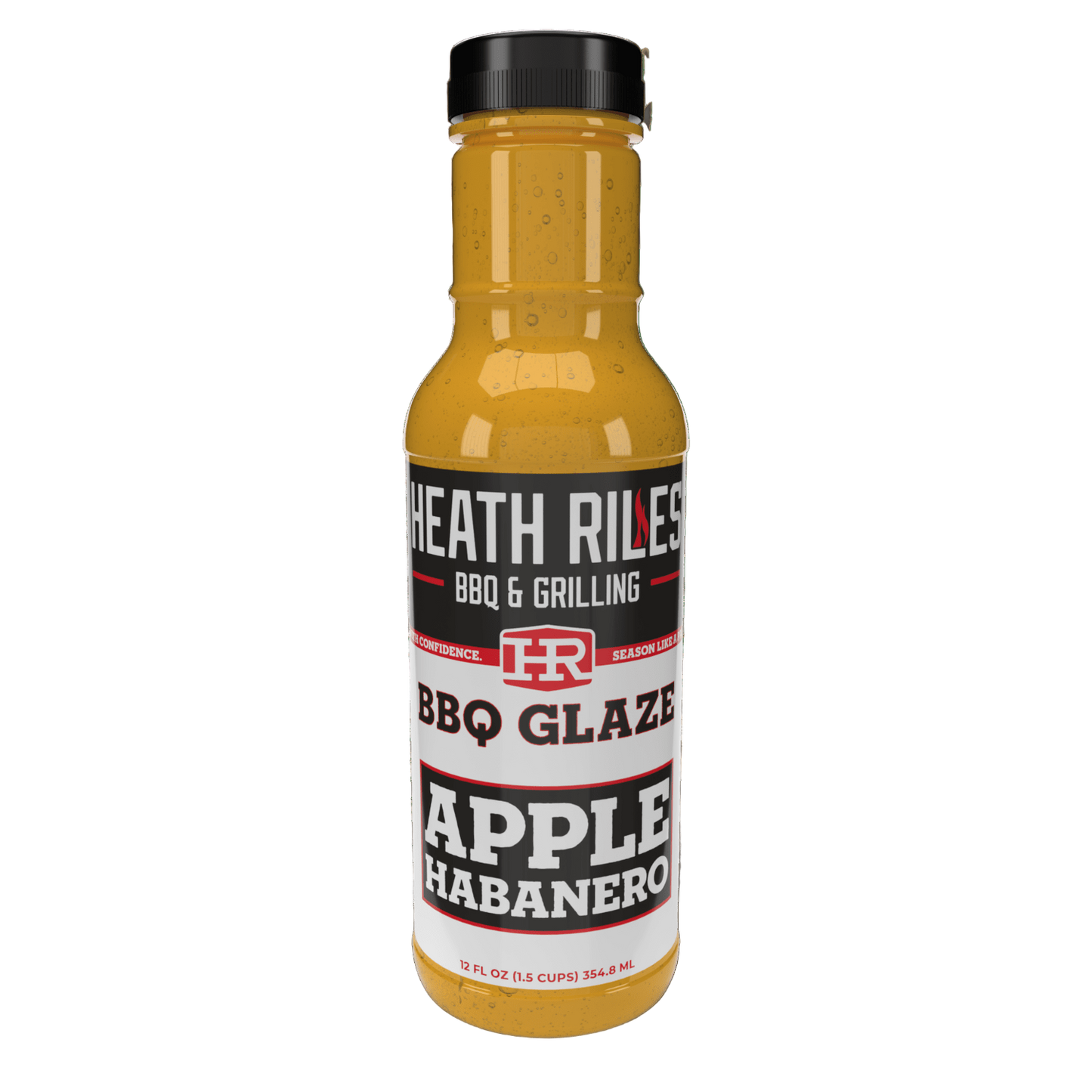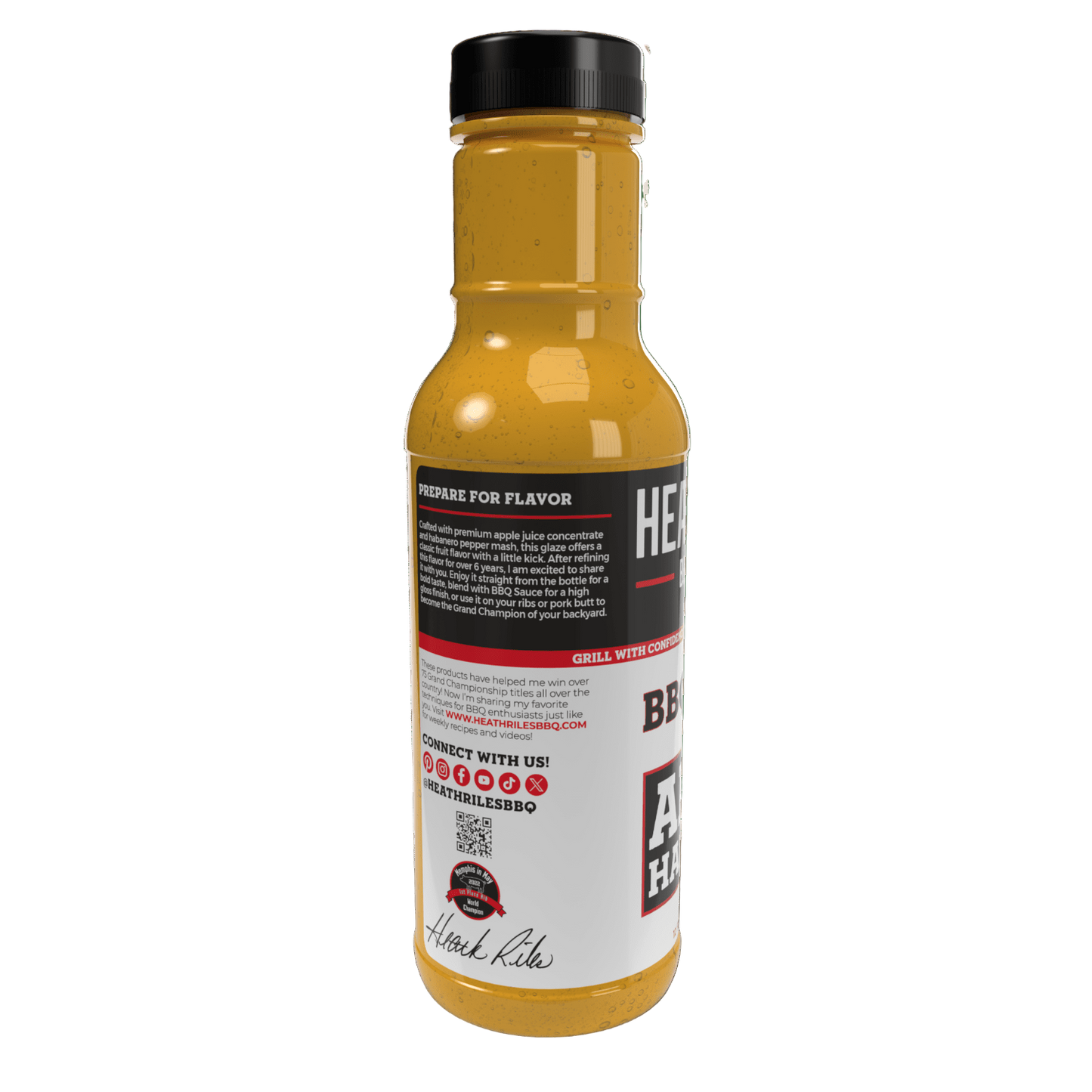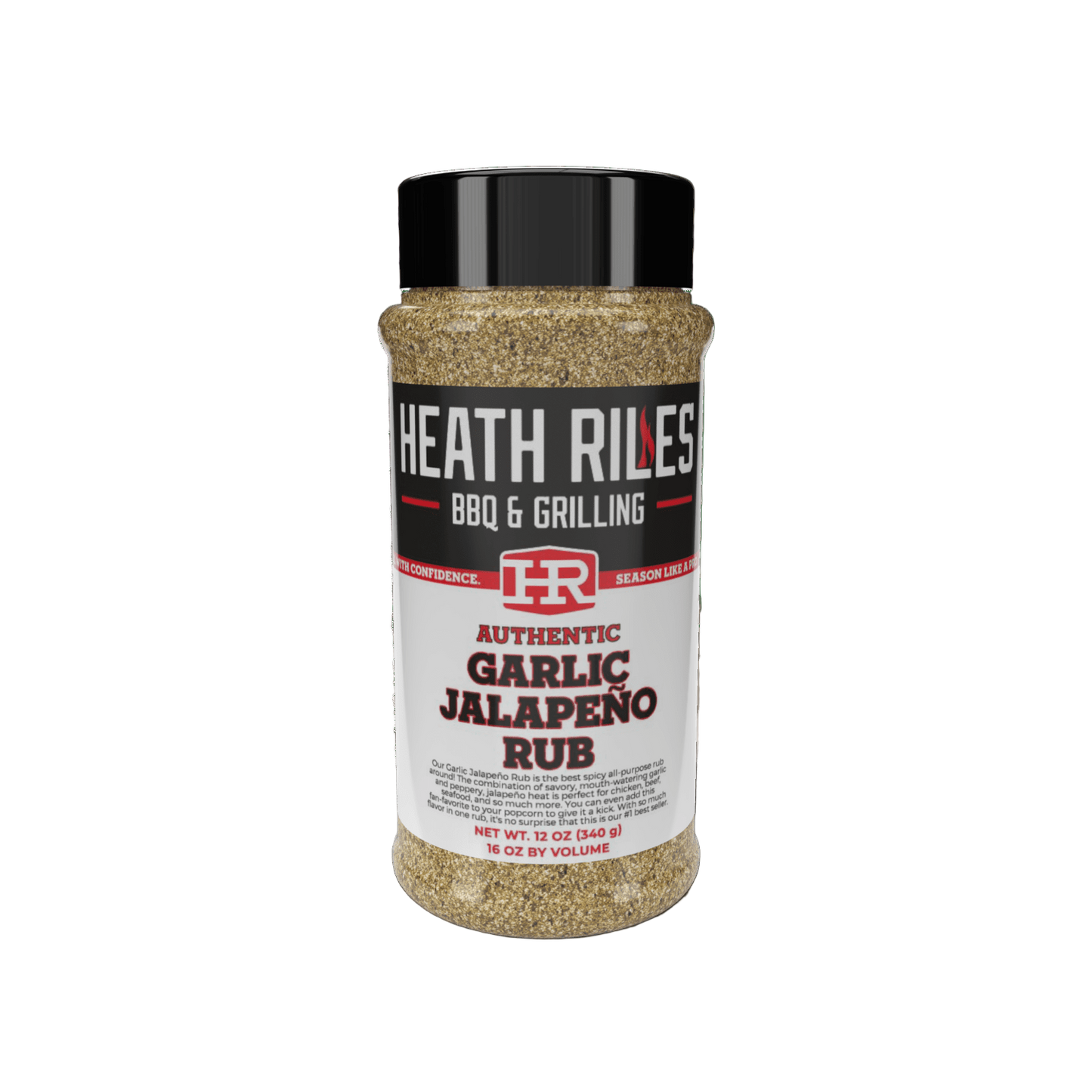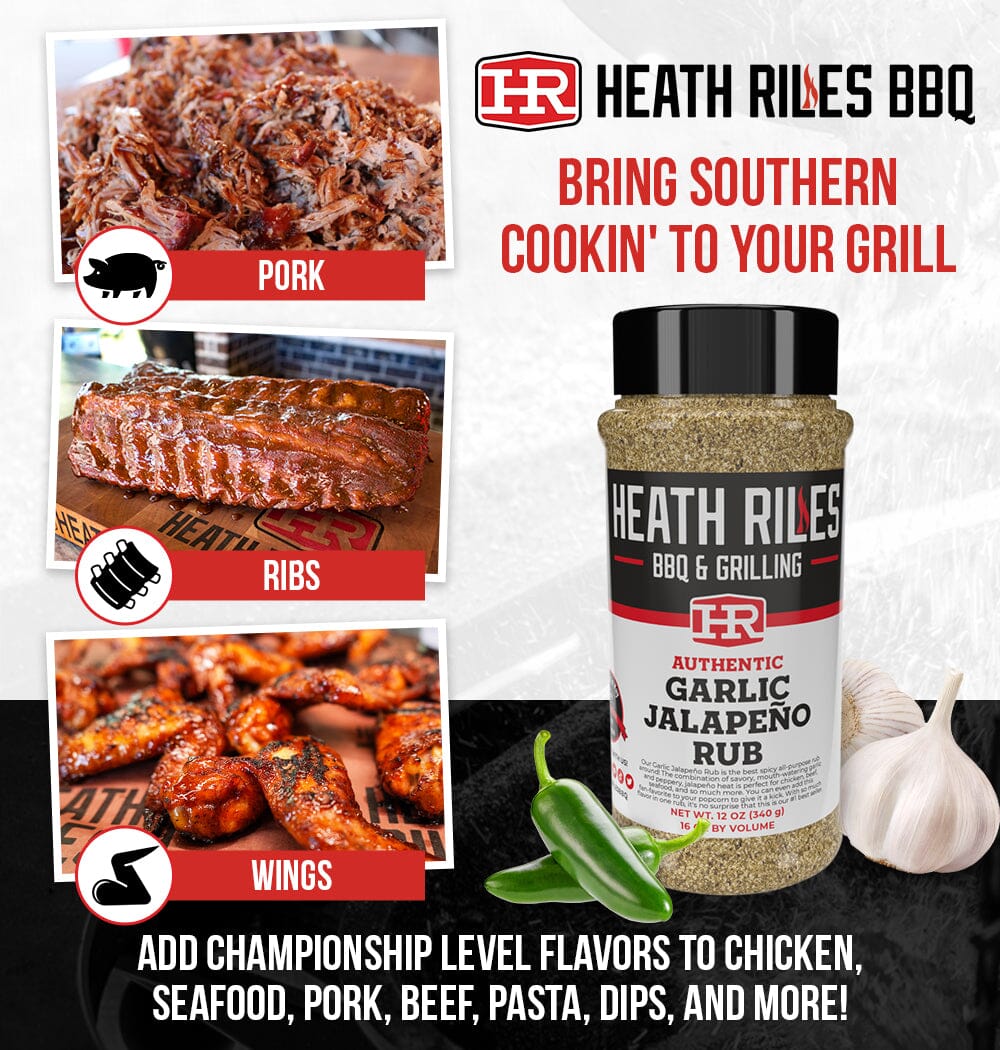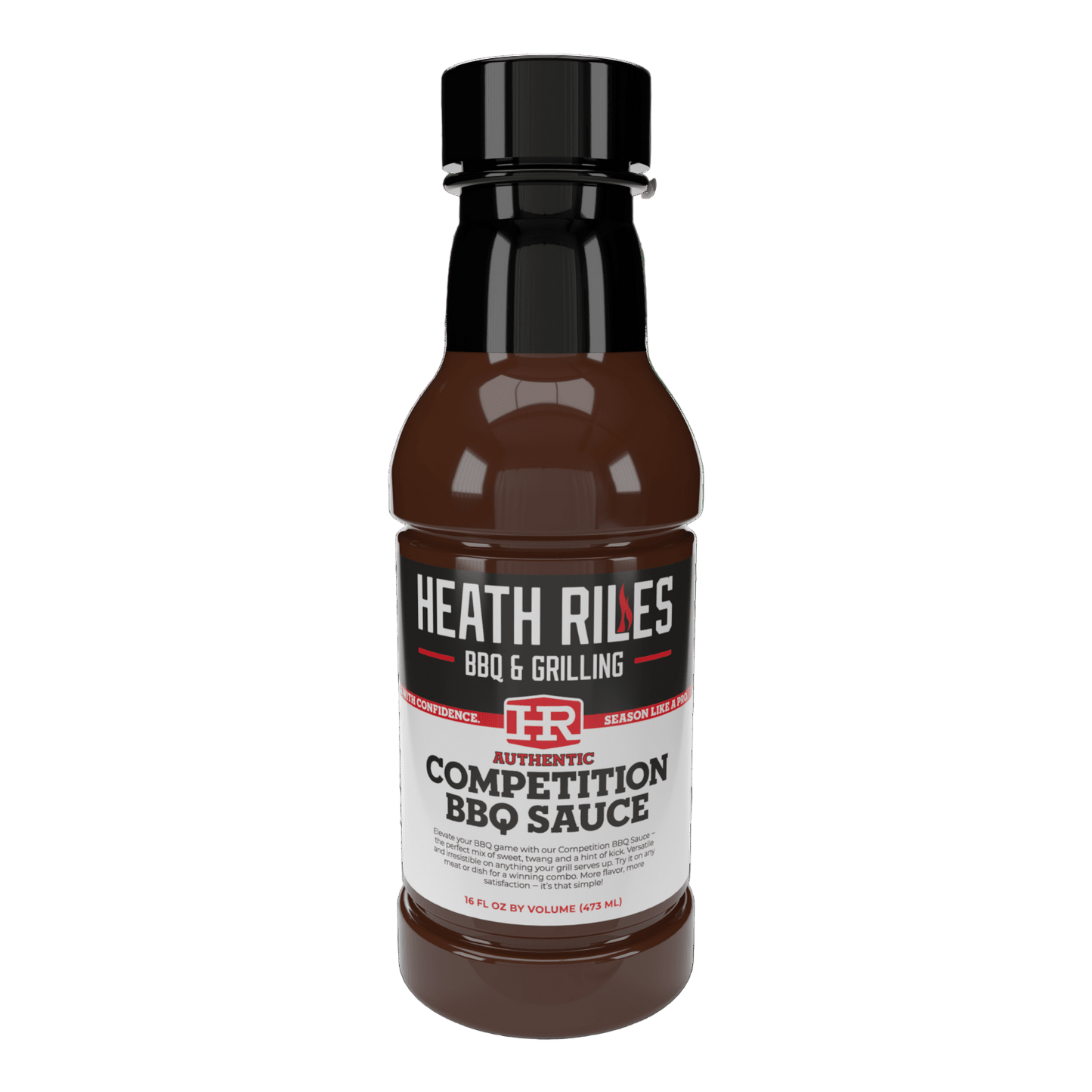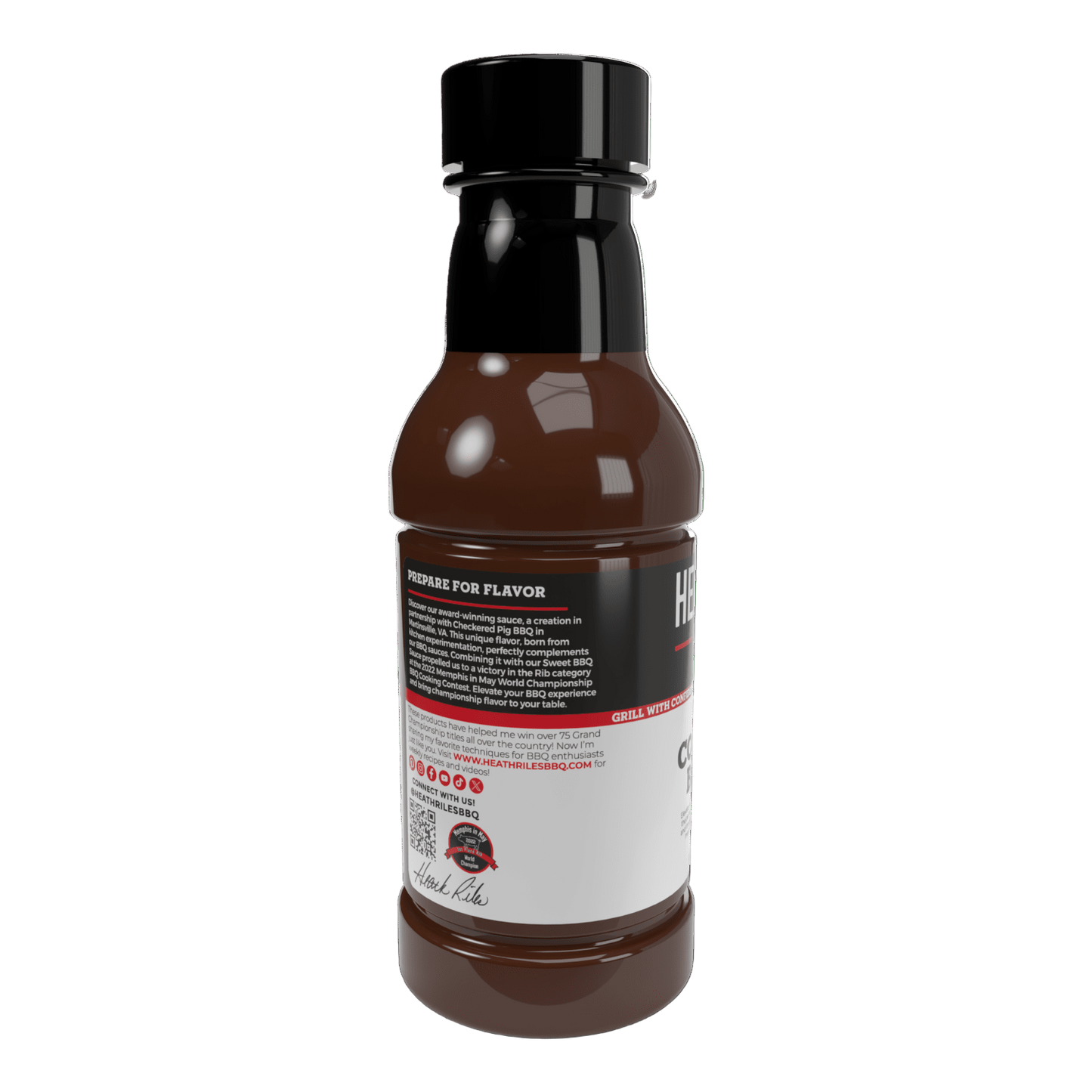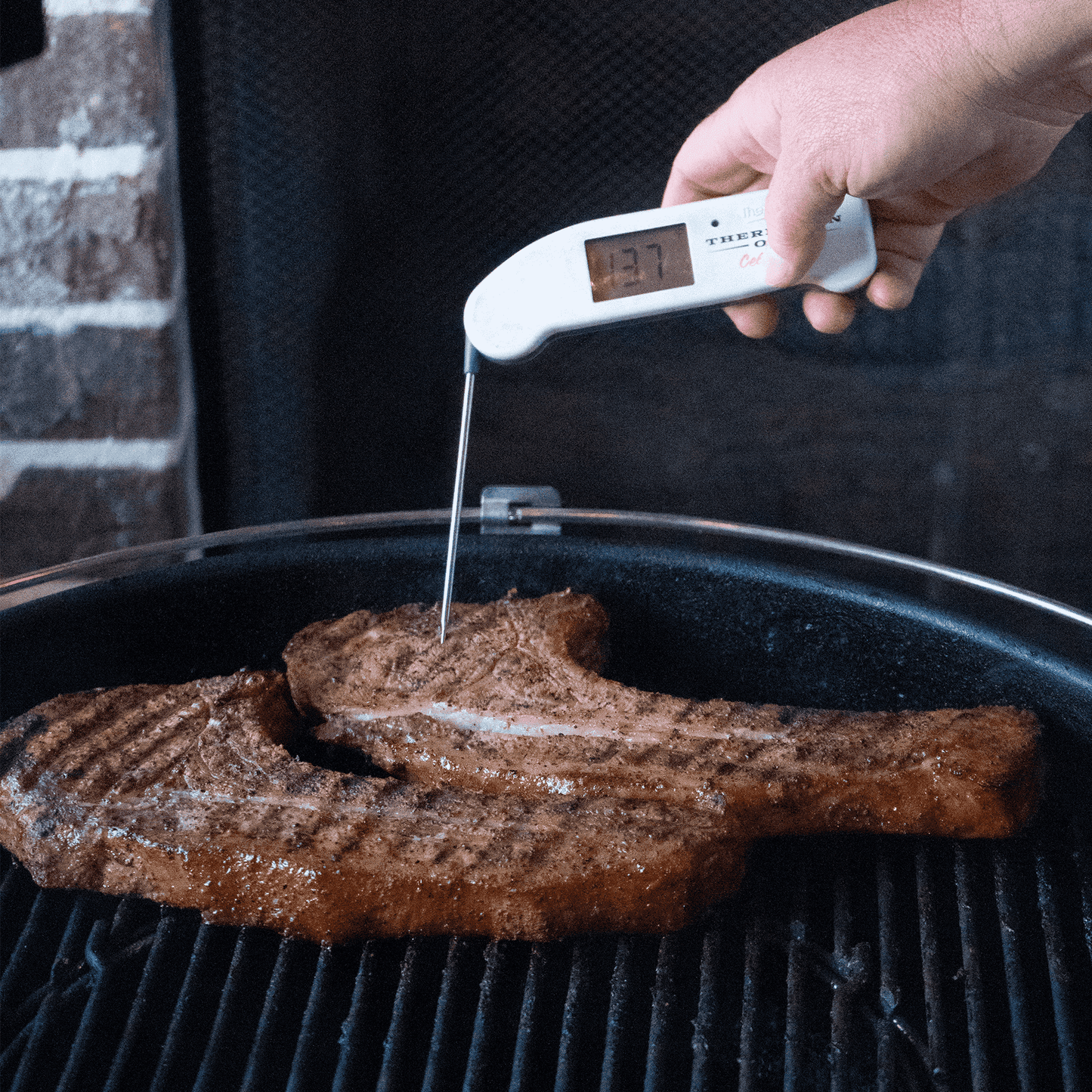
Part of successful grilling is cooking your meat to the right temperature. Properly cooked meat is juicy, delicious, and has the best tenderness. We all know the dangers of undercooking meat, but overcooking can be just as bad!
Internal meat temperatures can stump many, as there are plenty of varying opinions. Consider this your official reference guide. It’s time to return to school and learn to cook the perfect steaks, chicken breasts, ribs, and more.
Internal Meat Temperatures 101: Heath Riles BBQ
When grilling meat, it’s important to consider the type of cooking and the cut of meat. For example, a chicken breast has a different ideal internal temperature than a chicken leg. Regardless of what you’re grilling, always give your meat 15-30 minutes of rest time to let those juices gather.
How to Take Internal Meat Temperatures
Properly utilizing your meat thermometer can save you a lot of heartache. Here are three tips for taking accurate internal temps every time.
- Clean the thermometer. Residue can give you an inaccurate temperature. It’s important to gently wipe your thermometer with a slightly damp rag to remove debris before taking the internal temp and after.
- Aim right. You should place your meat thermometer in the thickest part of the meat. If you’re cooking something with a slim center, stick your probe close to the center.
- Forget about it. If you prefer to fix it and forget it, spring for a ChefAlarm. This thermometer features a timer that tells you right when your perfect temperature is reached. Add it to your Christmas list..you’re gonna want one.
Optimal Internal Temperatures for Beef
Steak
As any seasoned pitmaster knows, steak has a variety of doneness levels. Here are the three basic styles of steak and how to achieve them.
- Rare. Many jokingly refer to rare steak as “raw meat.” While this isn’t true, rare steak does require the lowest internal temp. Shoot for a range of 120℉-130℉.
- Medium-rare. Medium rare steak has a nice crust with a juicy, rare inside. This steak requires an internal temp of 130℉-135℉.
- Medium. Medium steak is primarily pink with a ring of doneness. You’ll know your steak is ready when it hits 140℉-150℉.
- Medium well-done. A medium, well-done steak is slightly firm with a hint of pink. These steaks make excellent sandwiches! Take them off the pit when they hit 155℉-160℉.
- Well done. Well-done steaks are the firmest of the bunch, as most of the liquid has cooked out. If you want a well-done steak, shoot for a temp of at least 170℉.
Large Cuts of Beef
Larger cuts of beef include briskets and roasts, which tend to need more time on the pit. These cuts of meat can be intimidating, but when watched closely, they’re foolproof. Plus, a roast or brisket is always a crowd-pleaser.
- Roasts. I like to cook my prime rib roasts to an internal temp of 120℉-126℉, giving me a delicious medium-rare texture.
- Briskets. Briskets are best when cooked slowly until they reach 205℉-210℉.
Poultry
Poultry needs to be cooked to at least 165℉, though each cut has its optimal temperature. Here’s a cheat sheet.
- Wings. Poultry wings taste best at 170℉, especially when adding the sauce.
- Breasts. Breasts are the juiciest cut of poultry, so I like cooking them to 165℉. This keeps the meat moist and tender.
- Legs and thighs. Legs and thighs can be a little tough, but cooking them to 175℉ transforms them into tender morsels.
Pork
Pork is an area that you need to be extra vigilant in. When undercooked, you risk food poisoning. When overcooked, you risk dry meat. Both are unsavory options! Here’s my guide to the perfect cut of pork every time.
- Pork chops. I like cooking my pork chops to 145℉, creating a juicy, rich slab of meat.
- Loin. My preferred temperature range for pork loin is 145℉-147℉, depending on the type of cook and if I’m adding sauce.
- Shoulder. Pork shoulder tastes best when it’s within the 196℉-207℉ range. If you’re making sandwiches, cooking to 207℉ will give you the perfect ratio of crust to rich meat.
- Ribs. Ribs have a tougher texture than most cuts of pork, so shoot for a temperature range of 200℉-210℉.
Seafood
If you’re treating yourself to a plate of seafood, ensure you’re cooking it right!
- Salmon. When cooking salmon, I always shoot for a temperature range of 130℉-145℉.
- Catfish. For tender catfish, cook to an internal temperature of 145℉.
- Shrimp and scallops. Cook your shrimp and scallops until no longer translucent.
- Crab and lobster. Crab and lobster should be cooked to an internal temp of 155℉.
- Clams and mussels. Cooking clams and mussels is easy..simply cook until the shells crack open.
Heath’s Favorite Meat Thermometer
A great meat thermometer is a must for determining internal temps. My favorite meat thermometer is the ThermaPen One from ThermoWorks. This thermometer gives you complete readings in one second or less, perfect for those crucial moments. It also has a 5-year warranty, giving you total peace of mind.
If you’re a fan of customization, you’ll love all the color options. My favorite feature is the automatic backlight, which makes it easy to grill, whether sunny or cloudy.
Do you use a meat thermometer or chance it? Let me know in the comments!

